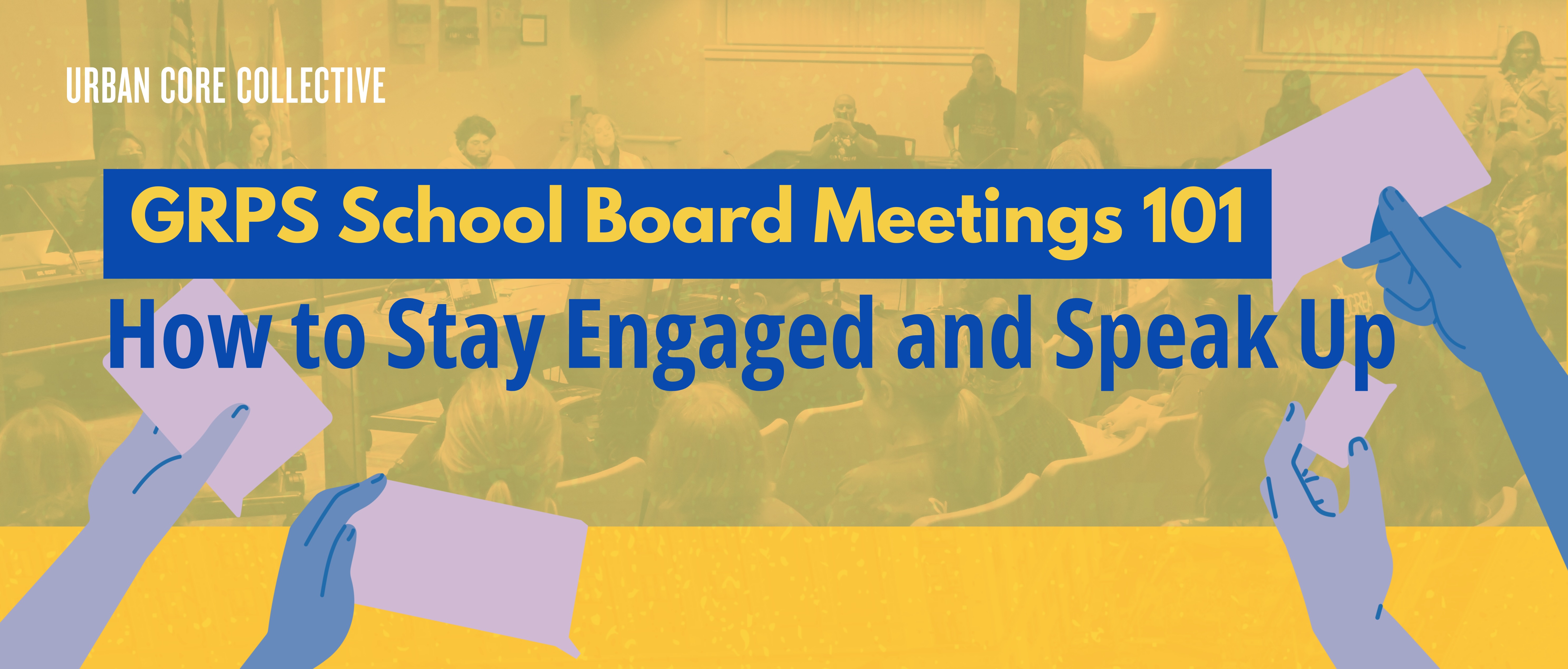This blog has been written by Kendra Avila. Kendra Avila, originally from Soddy Daisy, Tennessee moved to Grand Rapids in 2015 for an internship, with no intentions of staying more than a few months. Three years later, she now chooses to call Eastown home. Passionate about Equality and Social Justice, she strives to understand how to live this from a place of love and not fear or anger.
One of my very first experiences after moving to Grand Rapids in 2015 was being followed by an employee at the corner store in my neighborhood. I live in Eastown, I am one of the only black residents living on my street. Soon after moving to Grand Rapids, I became accustomed to feeling out of place or even unwelcomed the moment I stepped into some of the more newly established stores catering to the quickly gentrifying neighborhood.
Being a person of color living in Grand Rapids can often feel very isolating. Navigating the social structure that is West Michigan is difficult, on top of all of this, being a young adult with hopes of growing in my career -- the task can feel overwhelming.
I have learned in my short few years living in West Michigan that being a strong, independent, and resilient isn’t enough. I need community. The first Transformational Leaders Program (TLP) Refuel Road Trip offered me and other young aspiring and seasoned leaders living and working in Grand Rapids the opportunity to learn more about the legacy of racism and how echoes of systemic oppression are still experienced today.
Conversations and Community
The ride to Big Rapids provided the opportunity for me to discuss with two TLP Alum what it is like to do community work in Grand Rapids. There is so much to learn, so much work to be done. On our way to Ferris State University, we envisioned collaborating across cultural and racial lines.
What would it look like for millennials to partner with older leaders of color in the community? TLP Alumni Trenessa Allen and Sergio Cira-Reyes expressed how they often feel the tension that is navigating personal and career goals.
Sharing with each other how very conscious we all are of those leaders who have come before us, and how the work being done now will provide more opportunities for the generation of leaders to come.
Jim Crow Museum
The Jim Crow Museum of Racist Memorabilia takes racist imagery, the laws that were created to maintain the social hierarchy of whites over blacks, and the hard to hear the truth of how fear and violence helped to uphold the system that said in no uncertain words Black Americans were less than human.
These pieces of the not so distant past are used to educate visitors on how this system has permeated every avenue of American culture.
Seeing so many racist objects in such a small area offered a moving, somewhat sickening validation to the feeling of being othered. While viewing the “whites only” and “Negro only” signs the knowledge didn’t escape me, that a few decades ago this was normal. We are not so removed from this too soon forgotten racist history.
Caricatures sat on kitchen countertops, postcards of black bodies hanging in trees, addresses listed on some of the postcards to places in Michigan, locations near where I live today. It was painful to see and hear some of the information. Though I am confident that it is necessary for us to see, hear, acknowledge the suffering of those who came before us.
As I made my way through the museum the tour guide made it clear that the demand for racist memorabilia has never left mainstream society. As little room as possible is dedicated to KKK/extremist memorabilia as it is a dangerous misconception that racism in 2018 is relegated only to extremists existing only in the margins of society.
As we finished our tour, a discussion led by Dr. David Pilgrim the curator of the museum, he expressed the reason he began to collect memorabilia in the first place he wanted to use the racist object to teach tolerance and to promote social justice, and to remind others in a small way that racism isn’t in the past but simply behaviors and attitudes that have shifted.

The conversation with Dr. Pilgrim came to a close and we stood to walk back to our cars, I examined the mural of faces of those who were victims in the fight for equity. There is so much work to do.
What is my role in the continuous fight for equity? What is yours?

.jpg)


.png)

